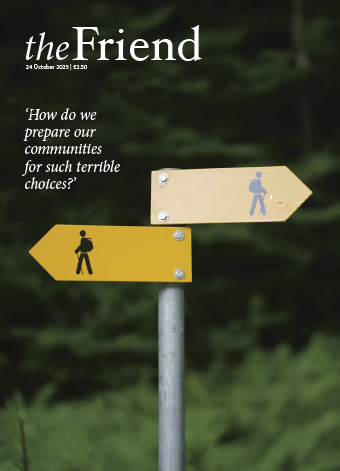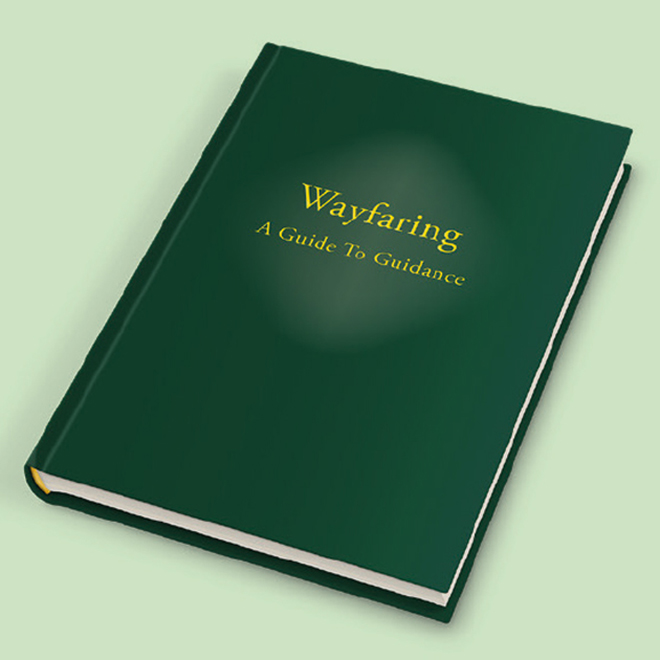
The Friend is a weekly magazine in which Friends speak to each other and to the wider world, offering their insight, ideas, news, nurture and inspiration.
Nurturing Quaker community, each issue offers a space for Friends to share their concerns, and to support each other in faith and witness.
The Friend: enriching, inspiring and connecting the Quaker community since 1843.
Robert Prevost, the new pope, has just published an ‘Apostolic Exhortation’, Dilexi Te. To me, it expresses thoroughly the fundamental stance of Quakers on social responsibility. He pulls no punches, and makes clear that it is our duty to work for social justice, and that all of us have a responsibility to help those rejected by the society around us.
When the drums of war sound and nations call their citizens to arms, Quakers face a profound question: How do we honour both our testimony for peace and the voice of conscience within? This question has haunted our tradition for centuries, revealing no simple answer but a complex testimony to the power of individual discernment guided by the Inner Light.
Since I wrote my first article about Thomas Paine (‘Trying a man’s soul’, 18 July), the old boy has been tugging at my sleeve to write another one. Not necessarily to put the record straight, but to fill in parts I may have missed the first time.
General Meeting for Scotland (GMS) met, for the last time, in the AK Bell Library, Perth (and online). The final minute was signed off at 2:15pm, to be followed by the opening of the first Meeting of Quakers in Scotland (QiS). Our clerk and clerk of the foundation trustees explained clearly, and minuted carefully, the process to lay down GMS, and to set up QiS, which is a Scottish Charitable Incorporated Organisation. It felt like a well prepared and compassionately-curated process. There was no fanfare, but quiet contemplation and heartfelt ministry, giving thanks to God and to those who had visioned, held, and guided the process of transformation first mooted in 2016.
Our testimonies were once a defining feature of Quakerism. Enigmatically, they were like the Rollright Stones or the weapons of Monty Python’s Spanish Inquisition: their number changed whenever anyone tried to count them. For me, that was part of their mystical charm: they were elusive, real, and they guided us.
Some casually-dressed young people wander into a forest, each of them alone, apparently not in any contact with each other. They begin to sing to the trees. They all have lovely voices, and they sing strange, ethereal songs, in keeping with the oddness of what they are doing. They are from the Brussels Opera Youth Choir and are the stars of this video installation.
A slight turn in the path, a light-
filled clearing. A moment. A stillness
that’s sudden, surprising, a gasp, a thrill –
all the things stillness is not supposed to be.

"If you truly want to be led you must put yourself in a position that allows following" (PYM)
Though written within a Quaker and Christian context, this book can be used by anyone of any religious faith or secular inclination. The only requirement is a desire to follow, to be guided by, to align with the richness of the ineffable, which this book calls "the Way". This book seeks nothing less than to aid readers in aligning their lives with the same power and richness that animated the life of Jesus of Nazareth.
Buy from Friends House Bookshop